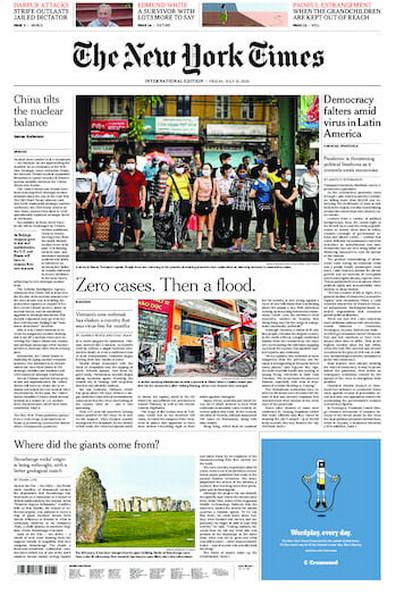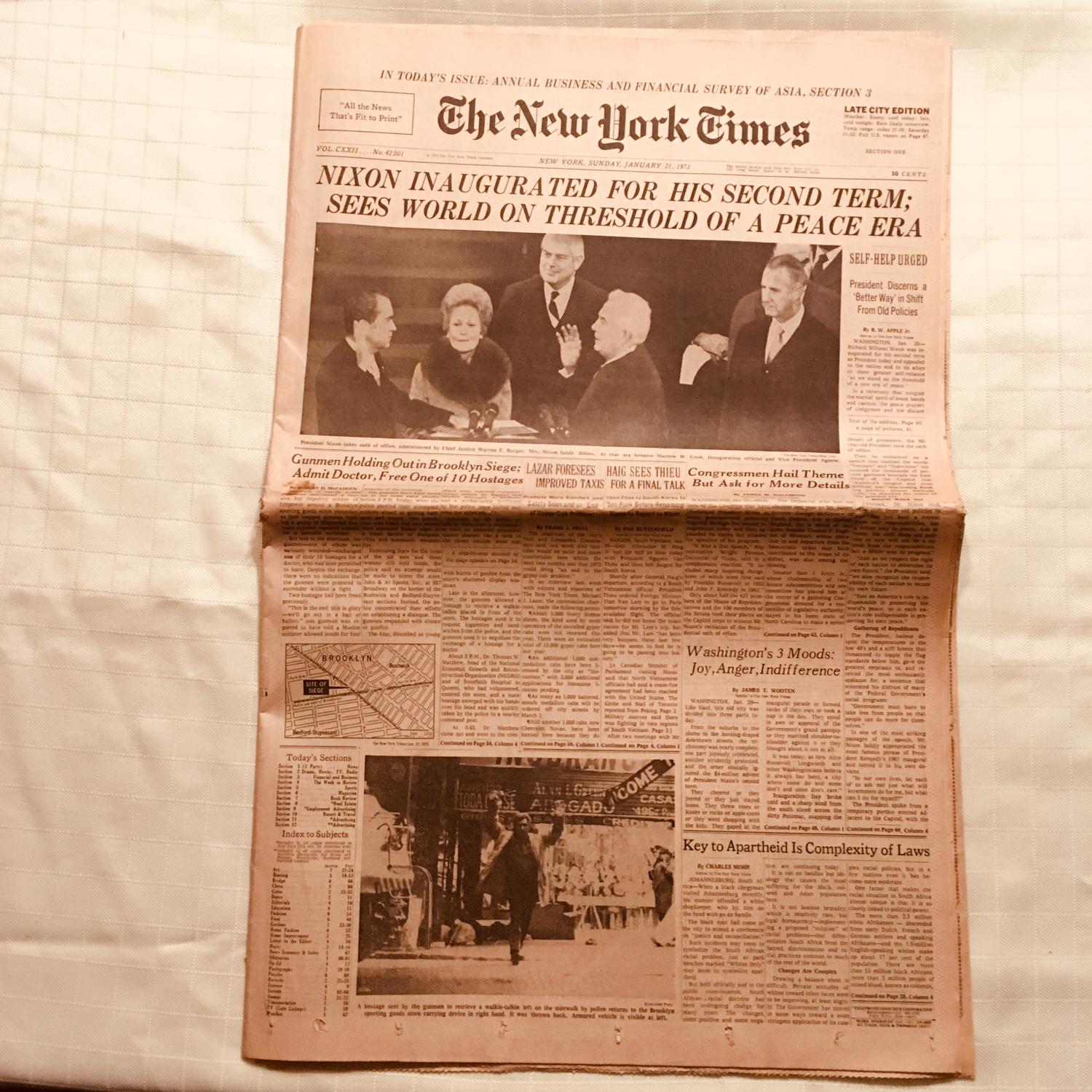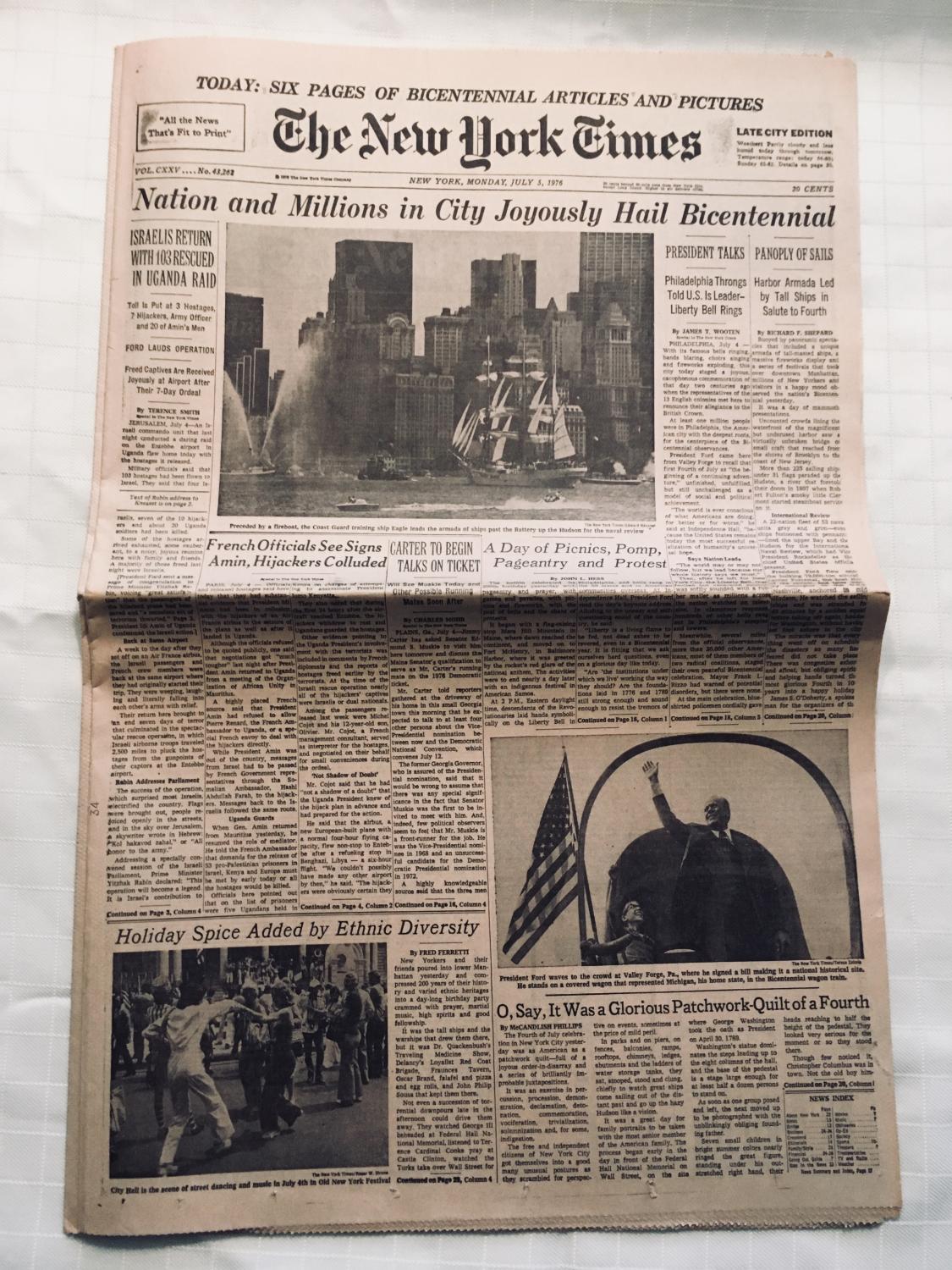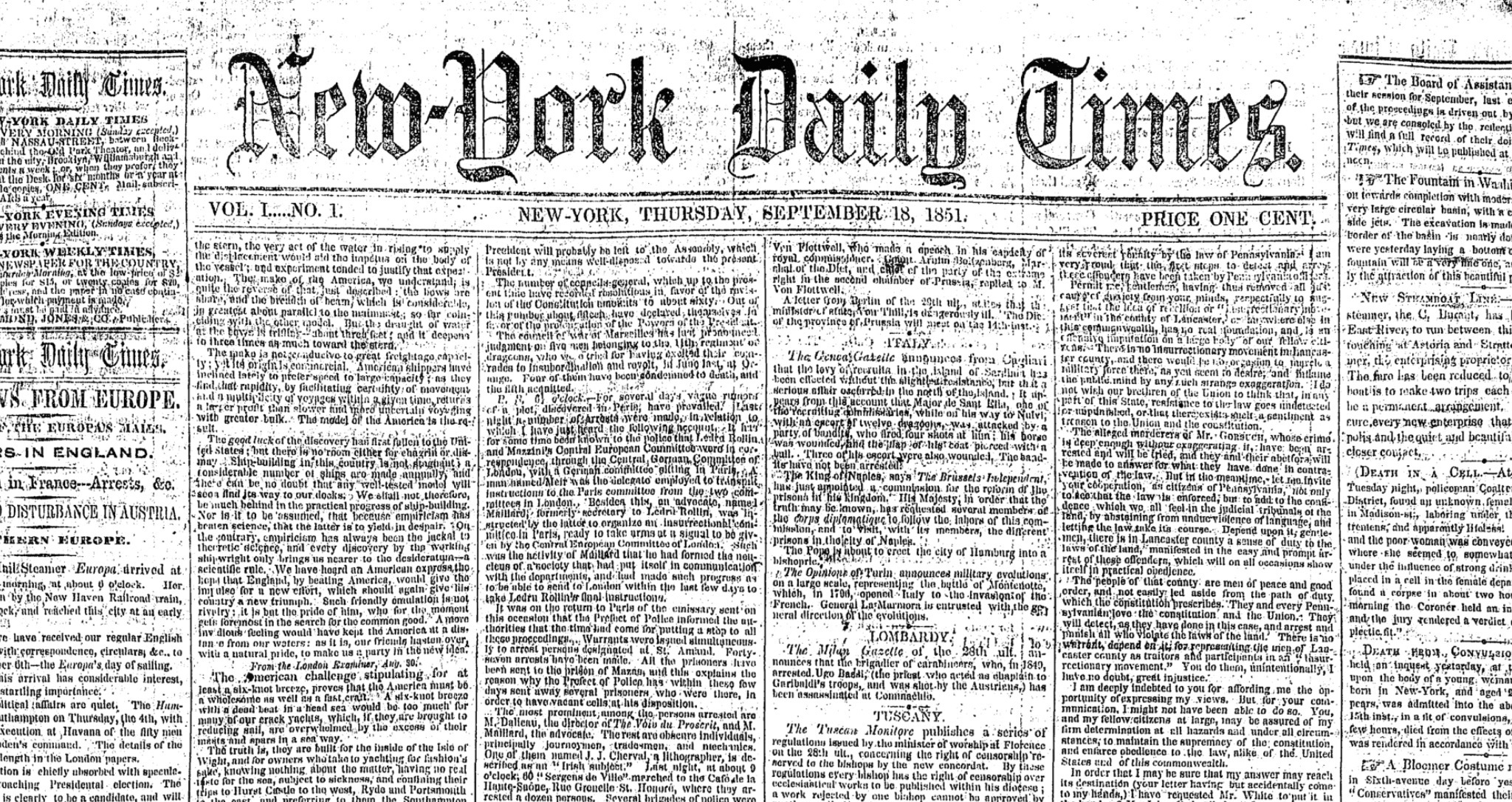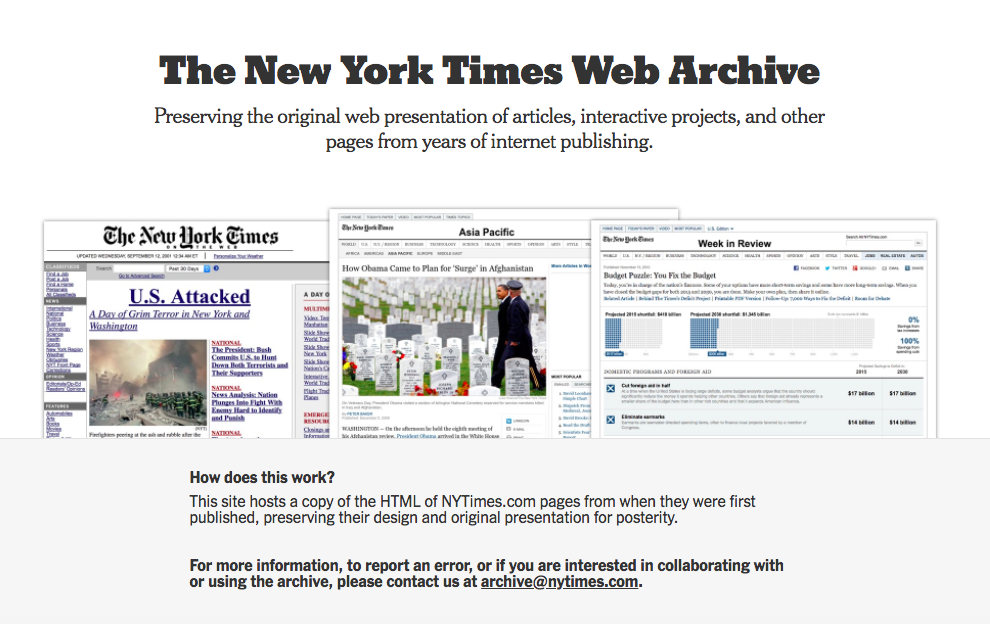Where Is The New York Times Published

Imagine the hushed anticipation of early morning in New York City. Delivery trucks rumble through the awakening streets, their cargo – bundles of fresh newspapers, ready to be unfurled over steaming cups of coffee. Among them, stacks of the New York Times, its iconic nameplate a promise of the day's most important stories.
But where do these papers originate? Where is the heart of the New York Times' printing operation? The answer lies not in the bustling newsroom of Manhattan, but across the river, in a sprawling complex in College Point, Queens, a testament to the blend of technology and tradition that keeps the paper alive.
The Printing Hub: College Point, Queens
The New York Times printing facility, located in College Point, Queens, serves as the primary production center for the newspaper. It's a state-of-the-art facility equipped with high-speed presses, capable of churning out millions of copies each day.
This location is crucial for efficient distribution to the New York metropolitan area and beyond. From here, the printed newspapers are transported to distribution centers and then to newsstands, stores, and subscribers, ensuring that readers can access their daily dose of news.
A History of Printing Locations
The New York Times has a long and storied history, dating back to its founding in 1851. Over the years, its printing operations have been located in various places around New York City.
For many years, the newspaper was printed in the heart of Manhattan, closer to its newsroom. As the paper grew in size and circulation, it needed a more modern and spacious facility.
The move to College Point in the late 1990s represented a significant upgrade. This new facility allowed for greater printing capacity, faster production times, and improved distribution capabilities.
Why College Point?
The decision to locate the printing plant in College Point was strategic. The area offers ample space for the large facility and convenient access to major transportation routes.
Proximity to highways and airports facilitates the distribution of the newspaper to various locations, both within and outside of the city. This ensures timely delivery to readers near and far.
The Modern Printing Process
The printing process at the College Point facility is a marvel of modern engineering. Gigantic rolls of paper are fed into high-speed presses, which print the newspaper at incredible speeds.
These presses are capable of printing in full color, bringing the news and images to life. The process is highly automated, with sophisticated systems monitoring the quality and accuracy of the printing.
Environmental Considerations
The New York Times is committed to sustainable practices, and its printing facility reflects this commitment. The company has invested in technologies and processes that minimize its environmental impact.
This includes using recycled paper, reducing waste, and conserving energy. These efforts align with the New York Times' broader commitment to environmental responsibility.
The Future of Print
In an increasingly digital world, the future of print newspapers is a topic of much discussion. While the New York Times has embraced digital platforms, it remains committed to its print edition.
The physical newspaper continues to hold a special place for many readers. It offers a tangible experience, a curated selection of news, and a sense of connection to the wider world.
The College Point printing facility stands as a symbol of this enduring commitment. It represents the newspaper's dedication to delivering quality journalism in a format that many readers still cherish.
A Continuing Legacy
So, the next time you pick up a copy of the New York Times, remember the journey it took to get there. From the reporters and editors crafting the stories to the printing presses in College Point bringing them to life, each paper represents a collaborative effort to inform and engage the world.
It's a legacy that continues, adapting to the times while holding true to the core values of journalistic integrity and a commitment to its readers.



